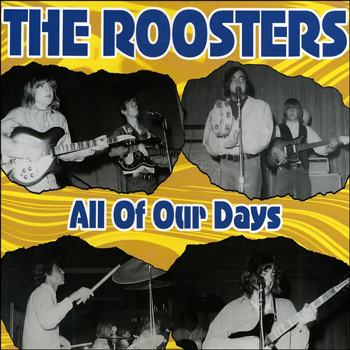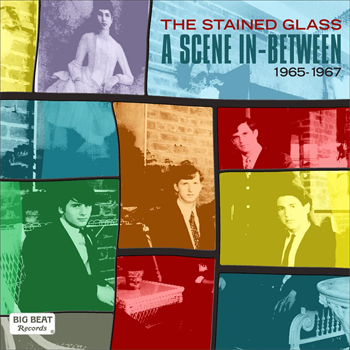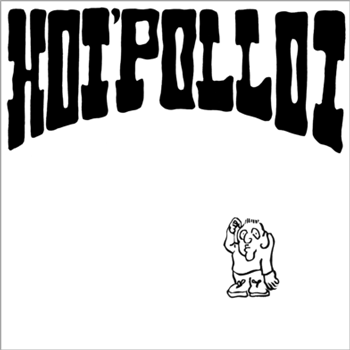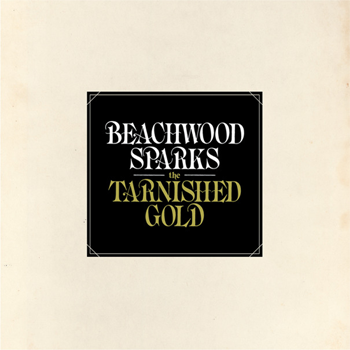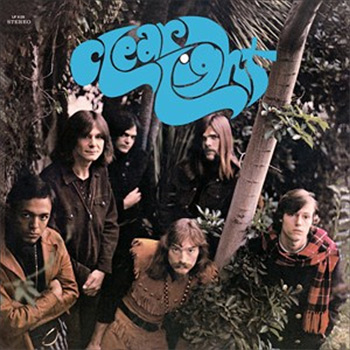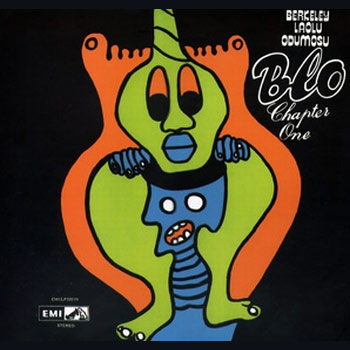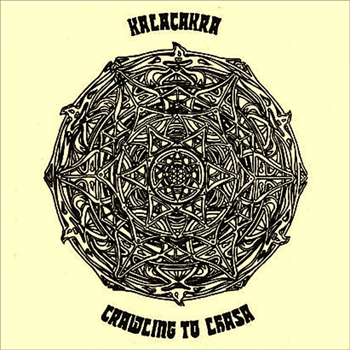Mother Tuckers Yellow Duck “Home Grown Stuff”
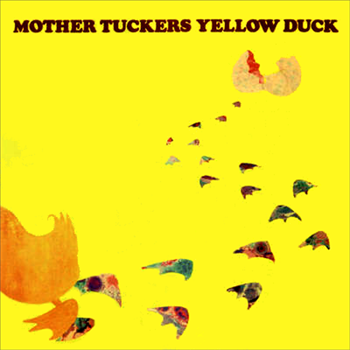
Mother Tucker’s Yellow Duck were a folk rock group from Vancouver, British Columbia formed in 1968. Commercial success eluded them although they managed to release two fine albums that melded blues, country, folk, hard rock and psychedelia seamlessly. The group had a few interesting non-LP 45s as well, “I” being the best of these forgotten releases.
Most psych fans prefer their highly regarded Home Grown Stuff album from 1969 (Capitol). Mother Tucker’s Yellow Duck has a strong SF influence, at times sounding like Kak or more accurately, the late 60s Youngbloods. “Someone Think,” the album’s best song, features plenty of fuzz guitar distortion and a superb psych styled guitar solo. This cut is mandatory listening and a true classic of underground psychedelia. “One Ring Jane,” which isn’t far off in terms of quality, was released on 45 and is another excellent psych jam with lots of chaotic electric guitar soloing. Much of this record is folk-rock best exemplified by bouncy, uptempo numbers like the “Times Are Changing” and “Blue Dye.” Other gems are the sparkling country rock track “One Glass For Wine” and the folk psych cut “Elevated Platform.”
Admittedly this album has three or four dud tracks but is still notable for it’s strong songs (it’s highs are pretty high) and fluid SF style guitar work – it’s a firm favorite among late 60s Canadian/American psych rock collectors. Their second album, Starting a New Day, is more of a country rock record but a good one that’s perhaps more consistent than the great Home Grown Stuff album.
mp3: One Glass For Wine
mp3: Soneone Think
![]() LP | 1969 | Capitol | search ebay ]
LP | 1969 | Capitol | search ebay ]
